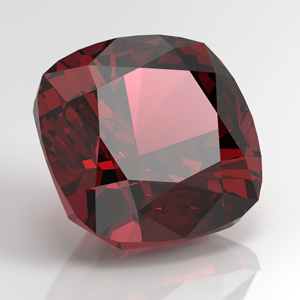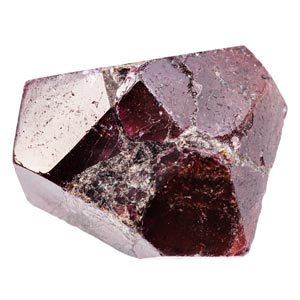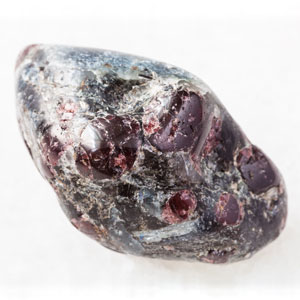almandine
Almandine, a captivating member of the garnet family, owes its name to the ancient city of Alabanda in Asia Minor, where it was first discovered. This rich, deep red gemstone has been cherished throughout history for its exquisite colour and remarkable brilliance.
Almandine's chemistry is characterized by a combination of iron and aluminium silicate, which gives it its signature red hue. It is part of the isomorphous series of garnets, which includes pyrope, spessartine, and others.
Geologically, Almandine is often found in metamorphic rocks such as schist and gneiss, where it forms under high-pressure conditions. It can also occur in alluvial deposits, washed out from its primary source rocks.
One interesting fact about Almandine is its wide distribution, with deposits found in locations spanning from India and Sri Lanka to Madagascar and the United States. This global presence underscores its enduring popularity in the world of gemstones.
Almandine's timeless allure, coupled with its association with passion and strength, continues to make it a sought-after gemstone in jewellery design, where it adds a touch of elegance and sophistication to any piece.
Click on the terms in the table below to discover their meaning
Click on the terms in the table below to discover their meaning
| Name | Almandine |
|---|---|
| Category |
Nesosilicate |
| Chemical Formula |
Fe2+3Al2 |
| IMA Symbol | Alm |
| Crystal System | Cubic (Isometric) |
| Crystal Habit | Typically well-formed dodecahedra or trapezohedra; also in rounded grains and massive |
| Twinning | Absent |
| Cleavage | None |
| Fracture | Subconchoidal |
| Tenacity | Brittle |
| Hardness (Moh's Scale) |
7 - 7.5 |
| Specific Gravity | 4.313 - 4.318 |
| Diaphaneity | Transparent to translucent |
| Colour | Deep red, brownish red, red-violet, black |
| Streak | White |
| Lustre | Vitreous to resinous |
| Optical Class | Isotropic; anomalously biaxial |
| Refractive index | n = 1.78 - 1.81 |
| Birefringence | Absent |
| Dispersion | Rd = 0.024 |
| Pleochroism | Absent |
| Clarity | Type II |
| Notable Varieties | Mozambique Garnet, Malaya Garnet, Arizona Garnet, Umbalite Garnet, Bohemian Garnet, Anthill Garnet (granular crystals brought to the surface by ants; an indicator that there might be larger deposits of garnet in the vacinity) |
References
Mineralogical Society of America. (2001). Almandine. In J. W. Anthony, R. A. Bideaux, K. W. Bladh, & M. C. Nichols (Eds.), Handbook of Mineralogy. Chantilly, VA 20151-1110, USA: Mineralogical Society of America. Retrieved from https://
The Gemology Project. (2012, December 2). Almandine. Retrieved from The Gemology Project: http://


